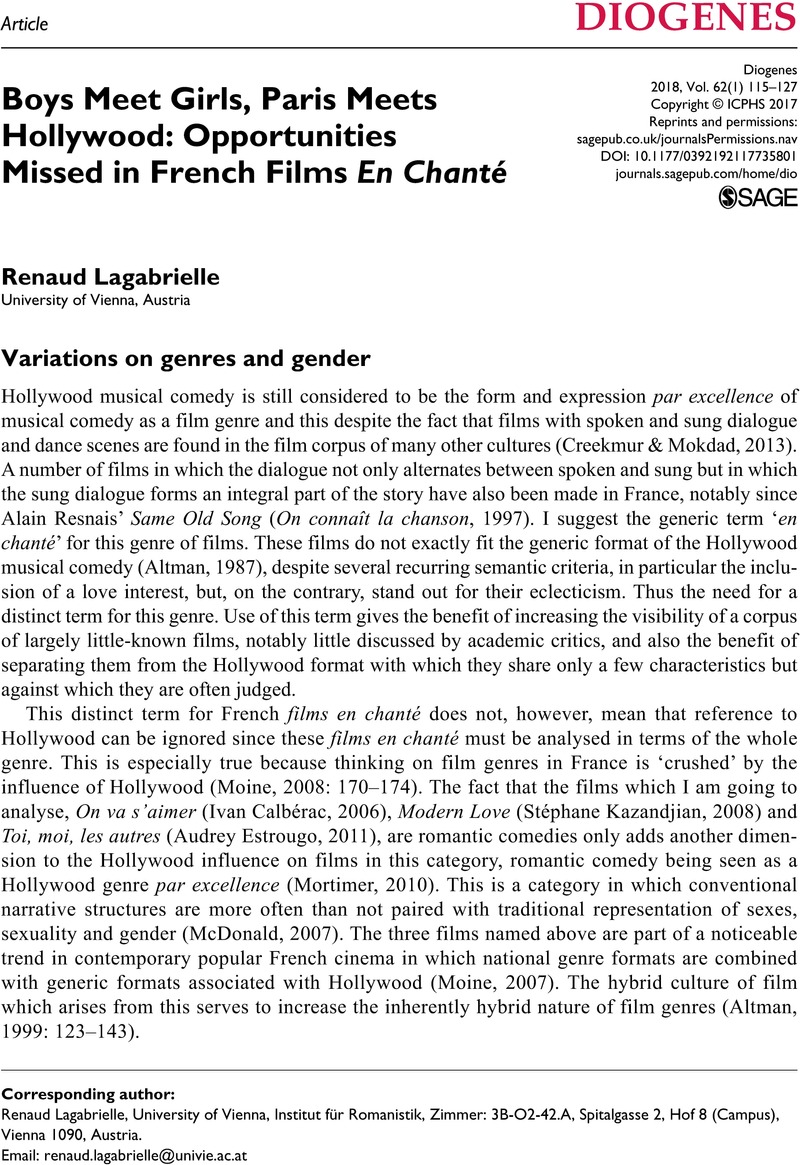Díaz, López M (
2008)
¡Viva la diferencia sexual ! o El otro lado de la cama (Emilio Martínez-Lázaro, 2002). In:
Feenstra, P,
Hermans, H (eds)
Miradas sobre pasado y presente en el cine español (1990–2005), pp.
141–
164.
New York:
Rodopi.
Google Scholar 